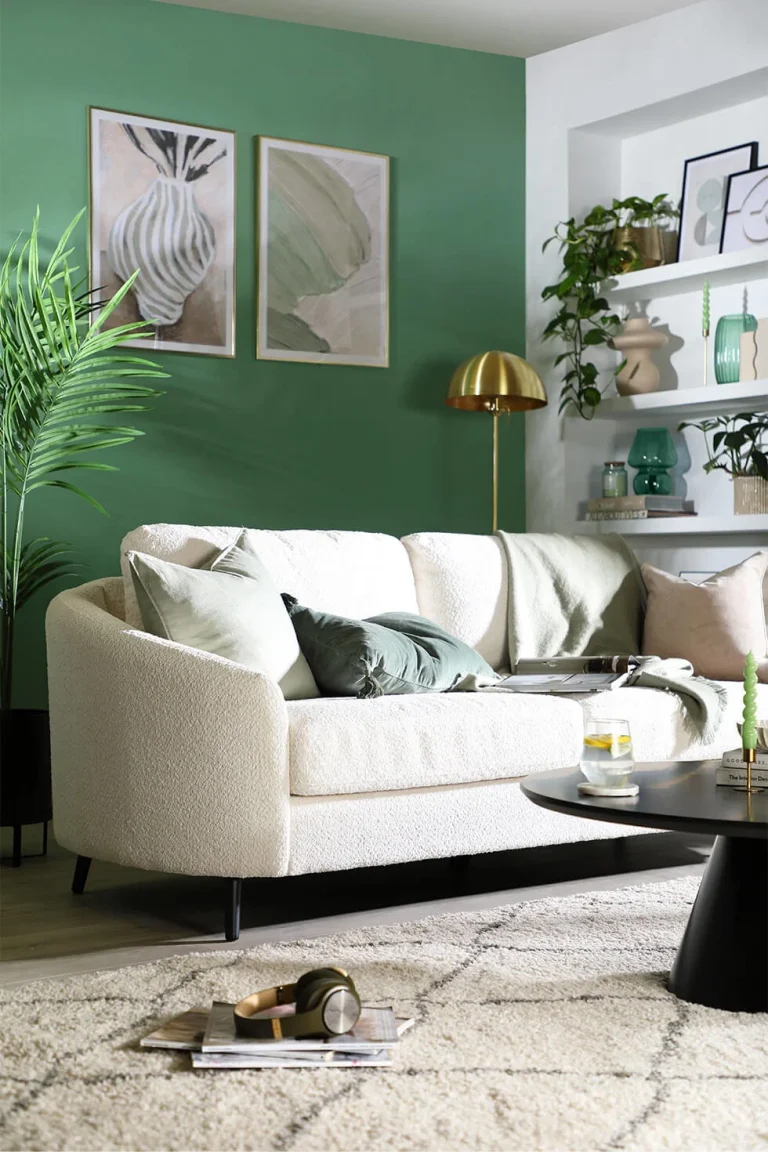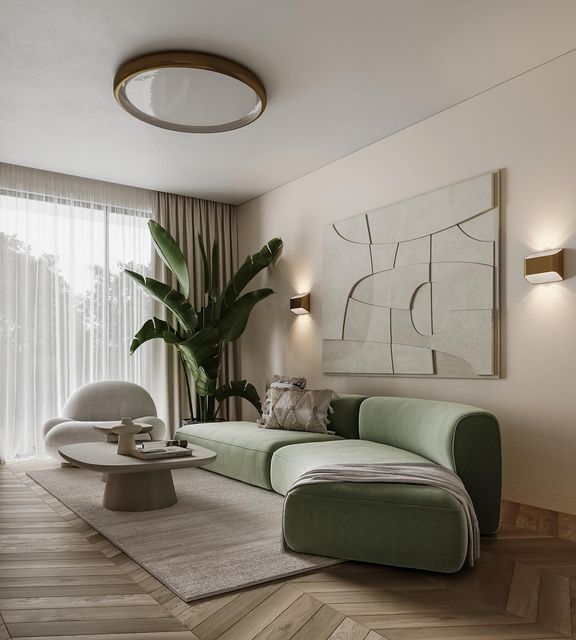Modern and Unique Living Room Design Ideas
The living room, often the heart of a home, is more than just a collection of furniture; it’s a reflection of personality, a sanctuary for relaxation, and a stage for connection. Designing this pivotal space requires a thoughtful balance of aesthetics, functionality, and comfort. It’s about creating an atmosphere that feels inviting, whether you’re hosting a lively gathering or enjoying a quiet evening alone. From the sprawling minimalist havens to the cozy, eclectic retreats, the possibilities for living room designs are as boundless as individual tastes.
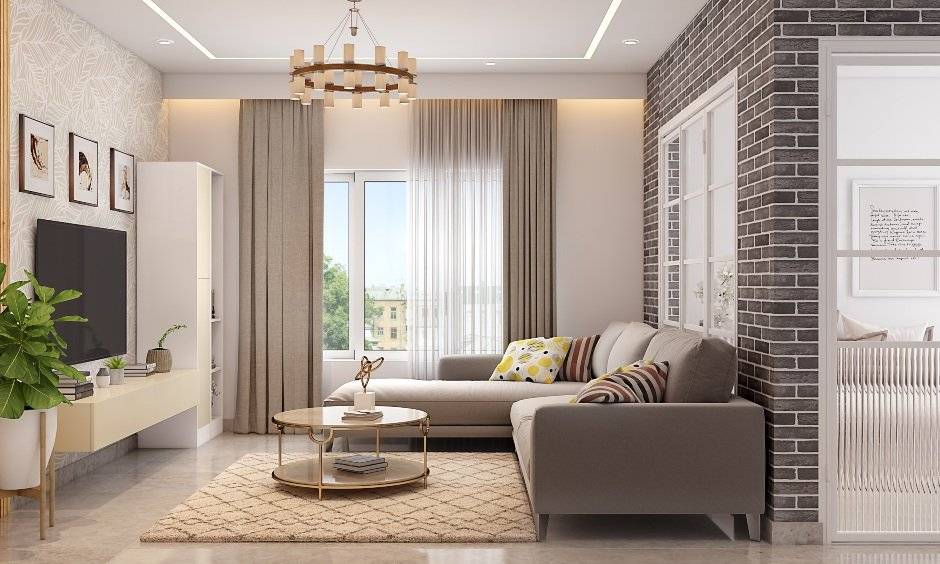
The Foundation: Understanding Your Space
Before diving into the exciting world of fabrics and finishes, a crucial first step is to truly understand the dimensions and inherent characteristics of your living room. Consider the natural light – how much enters, at what times of day, and from which direction? This will significantly influence your color palette and material choices. A room bathed in south-facing light can handle deeper, richer hues, while a north-facing room might benefit from lighter, brighter tones to amplify the available illumination.
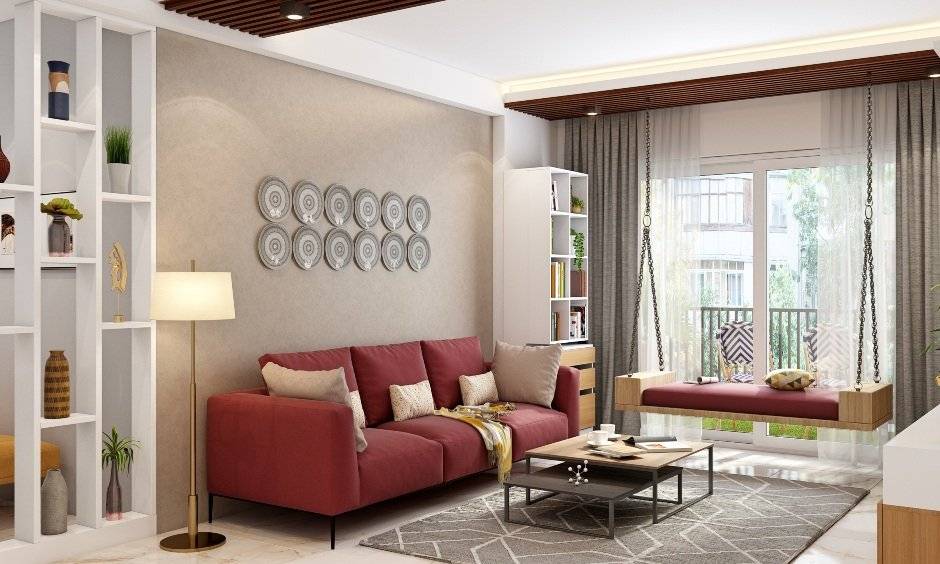
Observe the flow of traffic through the room; clear pathways are essential for both aesthetics and safety. Note any architectural features like fireplaces, built-in shelving, or unique window shapes, as these can become focal points or dictate furniture placement. Mapping out these elements on a simple floor plan can be incredibly helpful in visualizing different layouts and ensuring optimal utilization of the space.
Defining Your Style: A Personal Journey
The most captivating living rooms are those that authentically express the homeowner’s individual style. Are you drawn to the clean lines and understated elegance of Scandinavian design, or do you prefer the vibrant patterns and global influences of bohemian chic? Perhaps the timeless sophistication of traditional decor appeals to you, or the industrial edge of urban living. Don’t feel pressured to adhere strictly to one style; many beautiful living rooms are a curated blend of elements from different aesthetics.
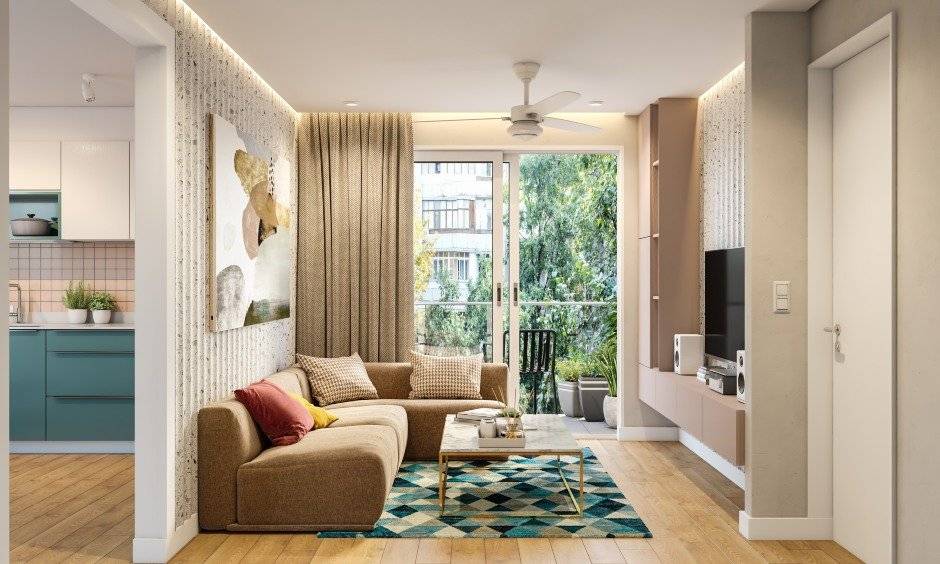
Browse design magazines, explore online platforms, and visit furniture showrooms to identify what resonates with you. Create a mood board, either physical or digital, with images, fabric swatches, and color palettes that inspire you. This visual collection will serve as your guiding star throughout the design process, ensuring coherence and a unified vision.
Color and Light: Setting the Mood
Color is arguably the most powerful tool in your design arsenal, capable of transforming the perception of space and evoking specific emotions. Warm colors like reds, oranges, and yellows can create a cozy and energetic atmosphere, while cool colors such as blues, greens, and purples tend to promote tranquility and spaciousness. Neutral tones – grays, beiges, and whites – offer a versatile backdrop that allows other elements to shine and provide a sense of calm sophistication.
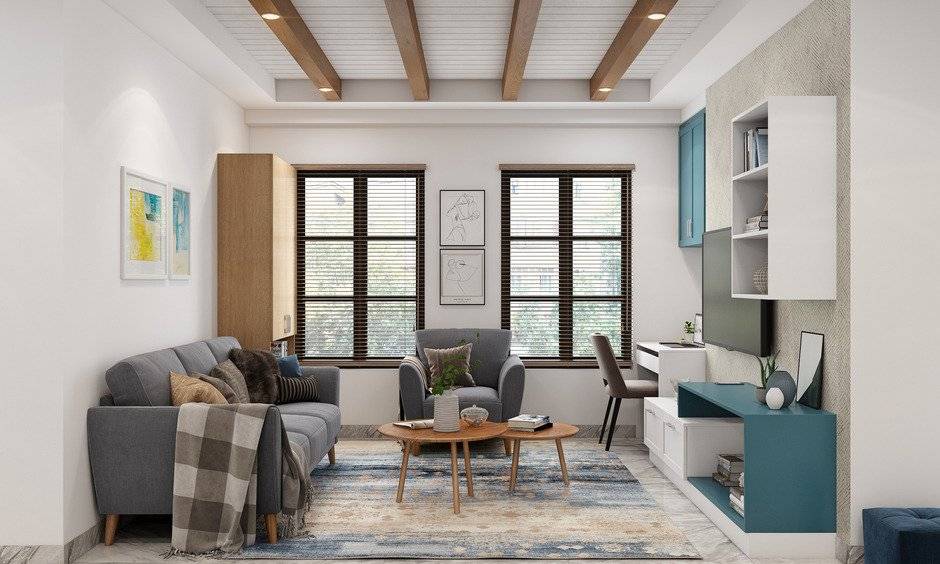
Consider the psychological impact of different hues and how they align with the desired mood for your living room. Lighting, both natural and artificial, is equally crucial. Layering light sources – ambient, task, and accent – creates depth and flexibility. Dimmers are a fantastic investment, allowing you to adjust the intensity for different activities and times of day. Strategically placed mirrors can also amplify light and make a room feel larger.
Furniture Placement: The Art of Arrangement
Furniture arrangement is not just about filling a space; it’s about creating functional zones and fostering conversation. The typical living room often centers around a primary seating area, usually a sofa or sectional, accompanied by accent chairs. Consider the “conversation distance” – ideally, furniture should be arranged so that people can converse comfortably without shouting or leaning in too much.
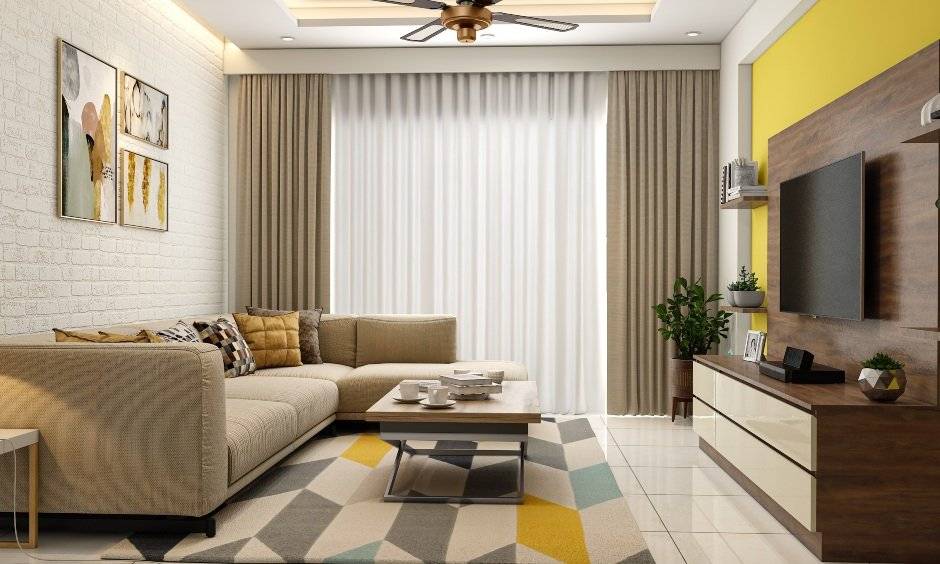
A common mistake is pushing all furniture against the walls; pulling pieces slightly away can create a more intimate and welcoming feel. Think about the flow of traffic and ensure there are clear pathways around furniture. If you have a fireplace or a striking view, consider orienting your seating to maximize these focal points. Rugs can help define distinct areas within a larger room, grounding furniture and adding warmth
Texture and Material: Adding Depth and Interest
A truly engaging living room design incorporates a variety of textures and materials to create visual and tactile interest. Imagine a smooth leather sofa paired with a chunky knit throw, a rough-hewn wooden coffee table juxtaposed with a sleek glass vase, or soft velvet cushions against crisp linen curtains. These contrasts prevent a room from feeling flat.
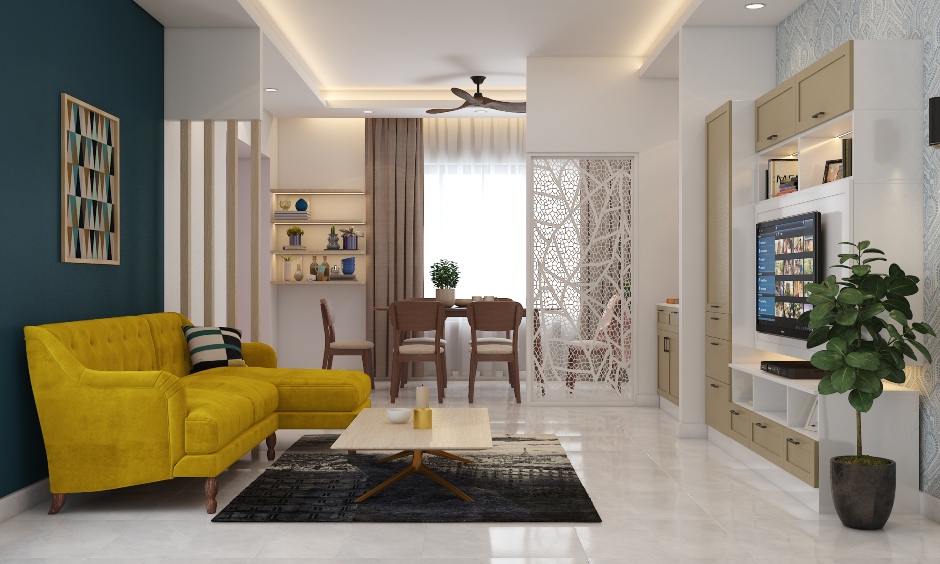
Don’t shy away from mixing different materials like metal, wood, glass, natural fibers, and even concrete. Consider the practicalities of each material; for instance, durable and easy-to-clean fabrics are ideal for high-traffic areas or homes with pets and children. The interplay of soft and hard, rough and smooth, matte and glossy contributes significantly to the overall sensory experience of the room.
Art and Accessories: The Personal Touches
Once the larger elements are in place, art and accessories are where your personality truly shines through. These are the details that transform a house into a home. Choose artwork that speaks to you, whether it’s a bold abstract painting, a serene landscape, or a collection of personal photographs. Consider the scale of the artwork in relation to the wall space and surrounding furniture. Cushions and throws offer an effortless way to introduce color, pattern, and texture, and they can be easily updated to refresh the room’s look.
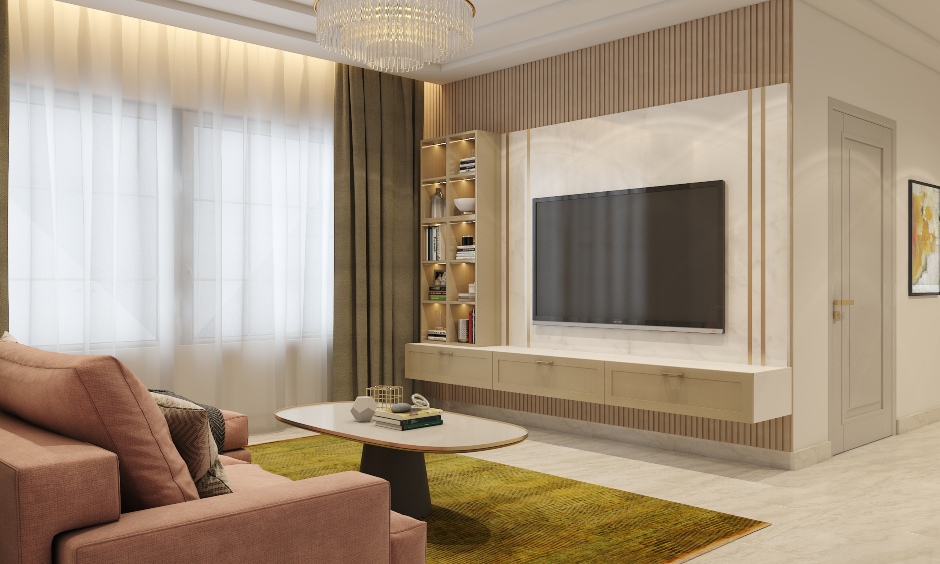
Decorative objects – unique sculptures, interesting books, curated collections – add layers of personality and tell a story. Plants bring life and freshness to a living room, improving air quality and adding a touch of nature. Remember the principle of “less is more” for accessories; curate your collection thoughtfully to avoid clutter and ensure each piece has a purpose or a story.
Storage Solutions: Functionality Meets Form
A well-designed living room is not just beautiful but also highly functional, and effective storage is key to maintaining a sense of order and calm. Consider built-in shelving for books and display items, or stylish cabinets that can hide away electronics, games, or blankets. Ottoman coffee tables with hidden storage are a brilliant dual-purpose solution.
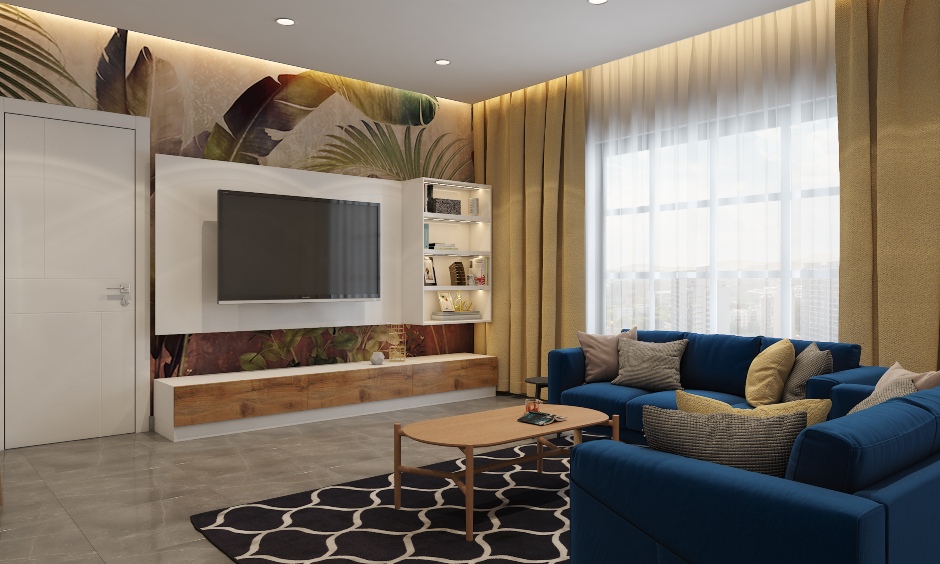
Baskets are a versatile and aesthetically pleasing way to store throws, magazines, or children’s toys. The goal is to incorporate storage seamlessly into the design so that it enhances the room’s appeal rather than detracting from it. Think about what needs to be stored and how frequently it will be accessed to determine the most practical and convenient solutions.
The Finishing Touches: Rugs, Curtains, and Greenery
Rugs are essential for anchoring furniture, defining zones, and adding warmth and texture underfoot. Choose a size that allows all the front legs of your main seating pieces to rest on it, or even better, all four legs. Curtains or blinds not only provide privacy and light control but also add softness and a sense of completeness to a room. Consider the fabric, pattern, and hanging style to complement your overall design.
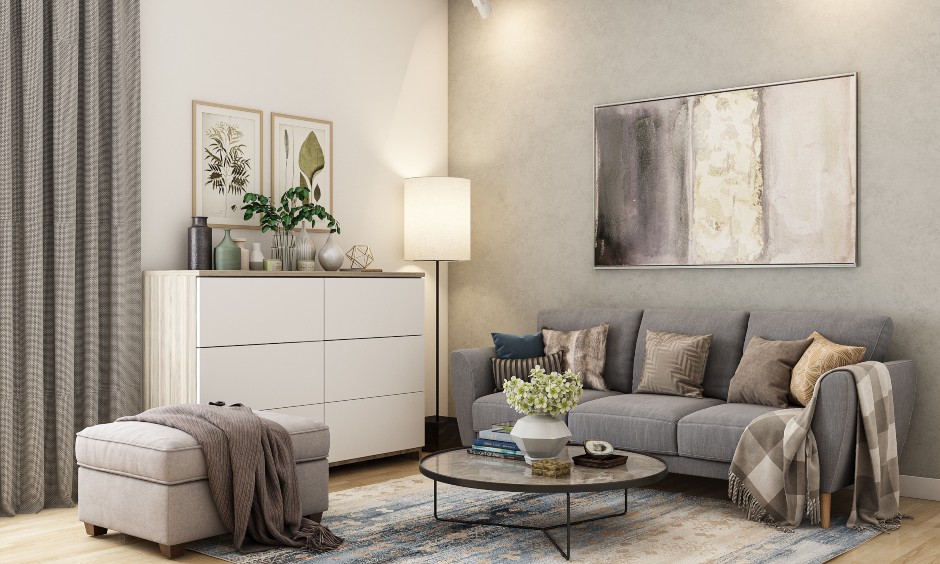
Floor-length curtains typically create a more luxurious and elegant look. Finally, don’t underestimate the power of greenery. Houseplants, from small succulents to large potted trees, bring life, freshness, and a touch of the outdoors in. They purify the air and add a vibrant element of nature to your living space.
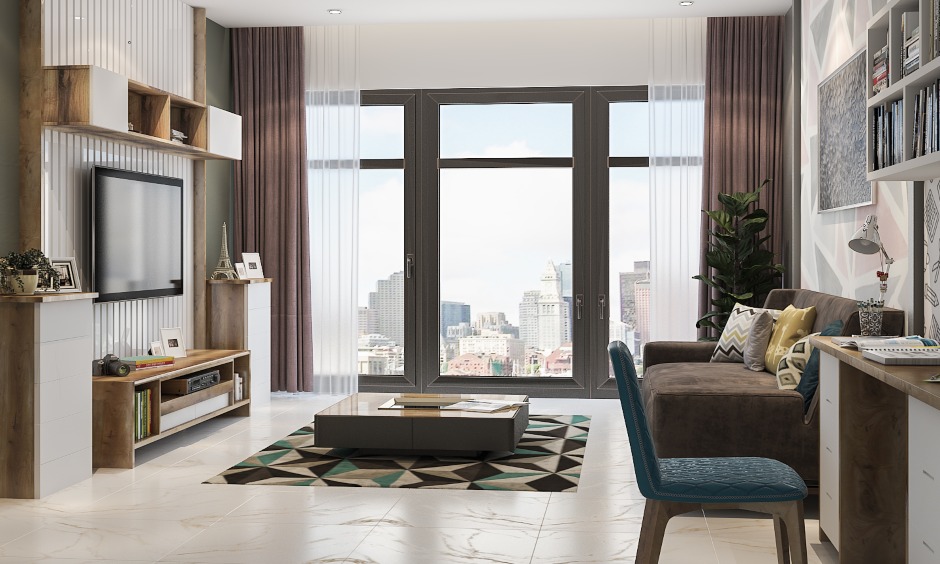
In conclusion, designing a living room is an exciting journey of self-expression and practical planning. By thoughtfully considering the space, defining your personal style, playing with color and light, arranging furniture strategically, layering textures, and adding personal touches, you can create a living room that is not only visually stunning but also a true reflection of who you are and a comfortable haven for all who enter. It’s a continuous process of evolution, and the most inviting living rooms are those that feel lived-in, loved, and undeniably unique.

